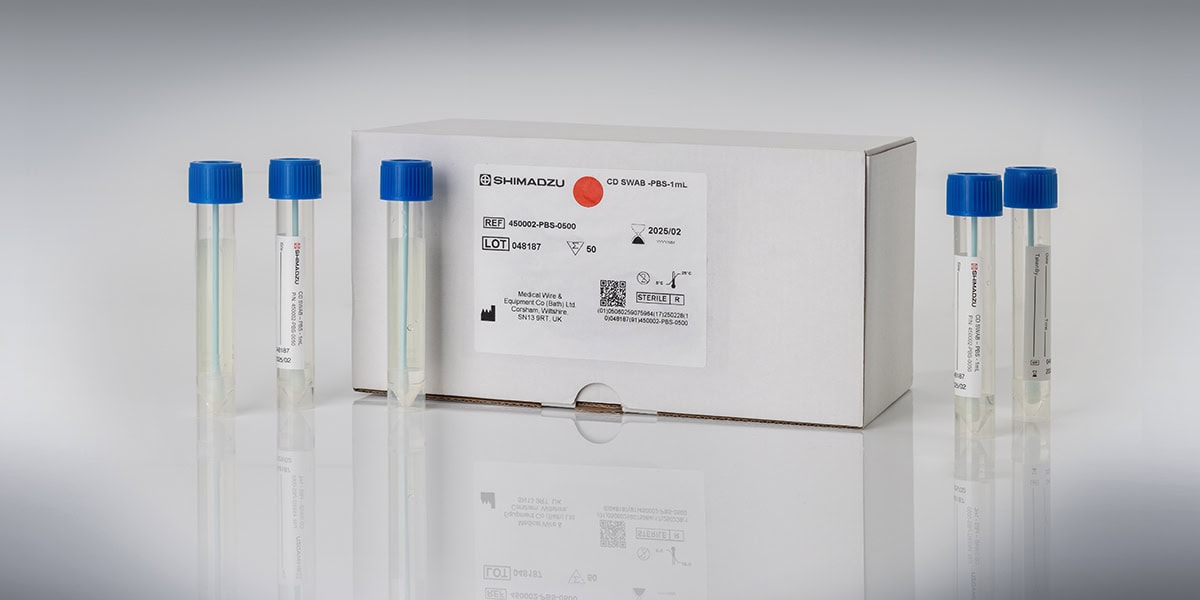
Recent news in Food & Feed Analysis
- Home
- /
- Dekkera bruxellensis: New detection...
Dekkera bruxellensis: New detection method for wine analysis

Dekkera bruxellensis is considered the most important spoilage yeast in the wine industry. It causes severe off-flavors of sweat, leather or horse. Early detection of a possible contamination is therefore of great interest. Now, there’s a new test method for that, significantly reducing the workload for wine makers.
Dekkera bruxellensis, among oenologists also known as Brettanomyces (or “Brett” for short), is of major significance in wine analysis. The phenols 4-EP and 4-EG produced by the yeast cause wine defects which can hardly be removed. Huge economic damage is often a consequence, especially since the yeast can spread via contaminated barrels and equipment over the entire production site. In low concentrations, Dekkera bruxellensis may even be desired, to add complexity to the wine. But in any case, it is essential to detect and monitor the presence of yeasts in the product.
Since the traditional microbiological detection method, which requires incubation periods of up to 14 days, is too slow and can only be carried out by experienced employees, modern detection methods based on real-time PCR (Polymerase Chain Reaction) have become well-etablished in wine analysis. The basic principle of these tests is the analysis of specific DNA sequences extracted from the sample. Recently, this method has been further developed, making it even easier for wine makers to test for Dekkera bruxellensis. The following table shows the test procedures of both PCR variants:
Test procedure traditional real-time PCR
- DNA preparation (Art. No. SEW 0100)
- Prepare and add lyticase solution (Art. No. YLYT 2000)
- Incubate for 15 minutes at 37°C
- Incubate for 10 minutes at 95°C
- Centrifugate the sample
- Start PCR program
Test procedure real-time PCR using QuickGEN
- DNA preparation using centrifugation (without pre-enrichment; Art. No. CSE 0100)
- Start PCR program (includes lyticase and heating periods)
The new test format requires fewer operating steps and is thus faster and more comfortable. Until now, it was necessary to add the enzyme lyticase to the sample while incubating at 37°C in order to split up the stable yeast cells. In the new test, the lyticase is already present in the PCR strips. This allows the strips to be directly inserted into the thermal cycler, where they automatically go through both heating phases of 37°C and 95°C.
In addition to the fast and simple implementation, there is another major advantage of the new test format: Since it requires fewer additional substances and tools, the risk of contamination is reduced.
- Fast results in only 2 hours
- Highly specific
- Simple test procedure
- Also suitable for small laboratories
- Qualitative and quantitative analysis possible
The test kit is available for Biorad, ABI and Agilent devices (Art. No. QTPYDB 0050) as well as for MyGo (Art. No. QTPYDB 0050 MG).
Monitoring Dekkera bruxellensis in wine
If you detect a contamination with Dekkera bruxellensis in your winery, oenological practices are necessary as soon as possible. For example, sterile filtration may limit the damage. However, if the yeast has already produced phenols, it is impossible to remove the odors. While low concentrations of Dekkera bruxellensis do not noticeably affect the taste, higher concentrations are a problem, and you should consider blending the product with not contaminated wine or discarding the product. This is why it is important to avoid contamination as far as possible. Sanitation is the most important preventive measure – so make sure to clean used barrels and tools thoroughly.


